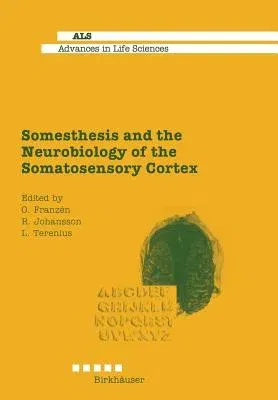The field of neuroscience is experiencing a period of unprecedented
growth. The range of ap proaches used to investigate the fundamental
mechanisms underlying different aspects of somatosen sory perception has
expanded substantially since the last International Symposium on Informa
tion Processing in the Somatosensory System. Diversity of approach has
become the hallmark of somatosensory research, and I believe that the
impact of this diversity continues to be positive. of this symposium
with previous symposia will show that researchers are employing
Comparison an array of new methods and technologies and that they are
offering new insights into old ques tions. The techniques range from
studies of ionic channels, single unit recordings, functional brain
imaging to psychophysics. A careful reading ofthe chapters reveals
subtle and, on occasion, also obvious differences of opinion about
experimental outcomes, approaches, and views. These differences are
healthy signs of venture into new and uncharted territories. It is my
hope that read ers will appreciate both the diversity of the research
addressing somesthesis, and the personal commitment, enthusiasm, and
scientific rigor of the participants who made this symposium and volume
meaningful for all involved. We all look forward to tracking the
progress of somatosensory research at our next Symposium at the turn of
the century. OveFranzen November 1995 xv List of Contributors David T.
Blake Harold Burton Krieger MindlBrain Institute Department of Anatomy
and Neurobiology Department of Neuroscience Washington University The
Johns Hopkins University School of Medicine Baltimore, MD 21218, USA
St."


